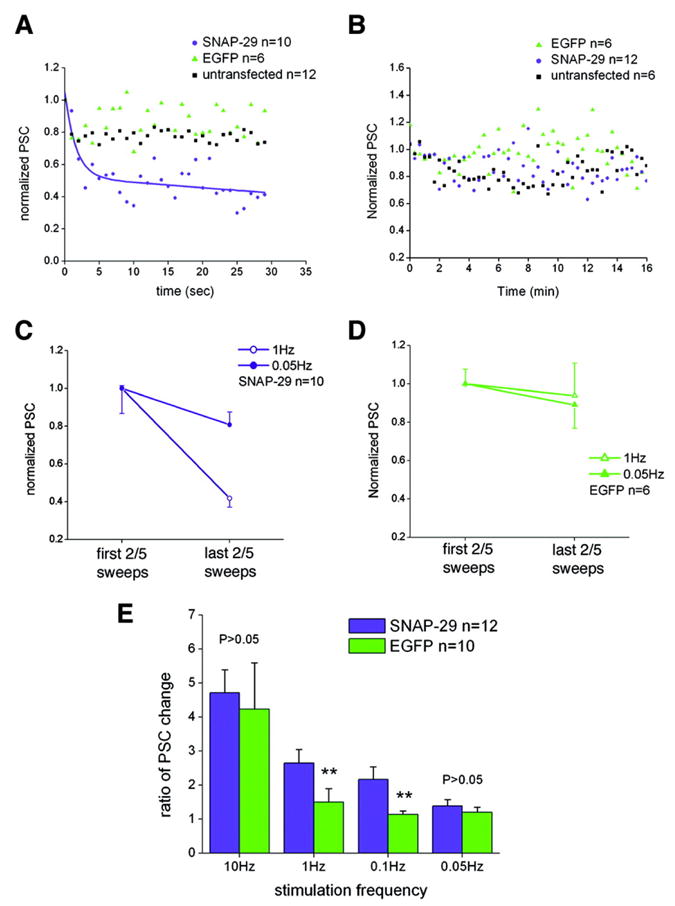FIG. 5. An activity-dependent effect of SNAP-29 on synaptic transmission in cultured hippocampal neurons.

A and B, normalized amplitude of PSC plotted against recoding time under 1-Hz (A) and 0.05-Hz (B) stimulation. The tendency curve in A was fitted by exponential decay 2 (Origin Pro version 7.0 software). C and D, comparing the initial PSCs (averaged first two PSCs for 1-Hz or five PSCs for 0.05-Hz repetitive stimulations) and late PSCs (averaged last two or five PSCs) that were normalized to the mean initial PSC in the SNAP-29-transfected group (C) and EGFP-transfected group (D). Grouped Student’s t test reveals a significant difference between different stimulation paradigms in the later period of recording for the SNAP-29-EGFP-transfected group (p < 0.01), whereas no difference is observed for the EGFP-transfected group (p > 0.05). E, the ratio of PSC change was expressed as “mean amplitude of first two PSCs/mean amplitude of last two PSCs” (10 and 1 Hz) or “mean amplitude of first five PSCs/mean amplitude of last five PSCs” (0.1 and 0.05 Hz). Significant difference of changes was observed between the SNAP-29-EGFP-transfected group (n = 12) and EGFP control group (n = 10) under 0.1- and 1-Hz stimulation (**, p < 0.01, grouped Student’s t test), but not under 0.05- and 10-Hz stimulation (p > 0.05). Each column represents mean ± S.E.
